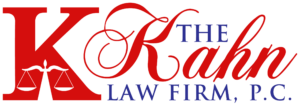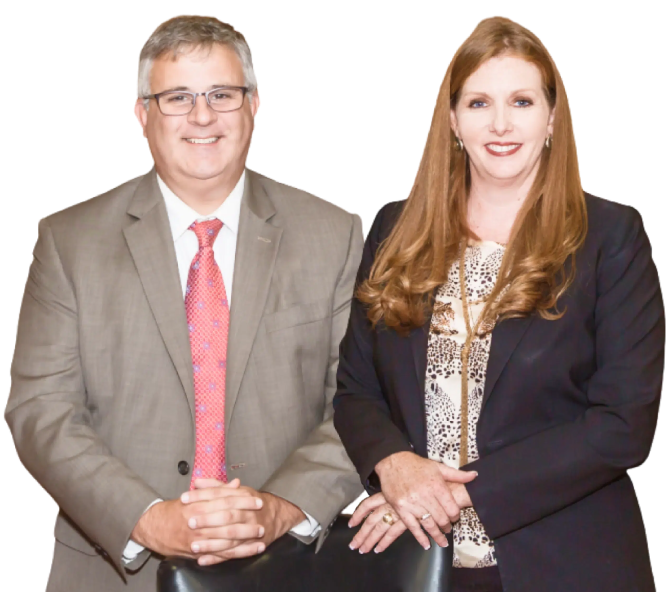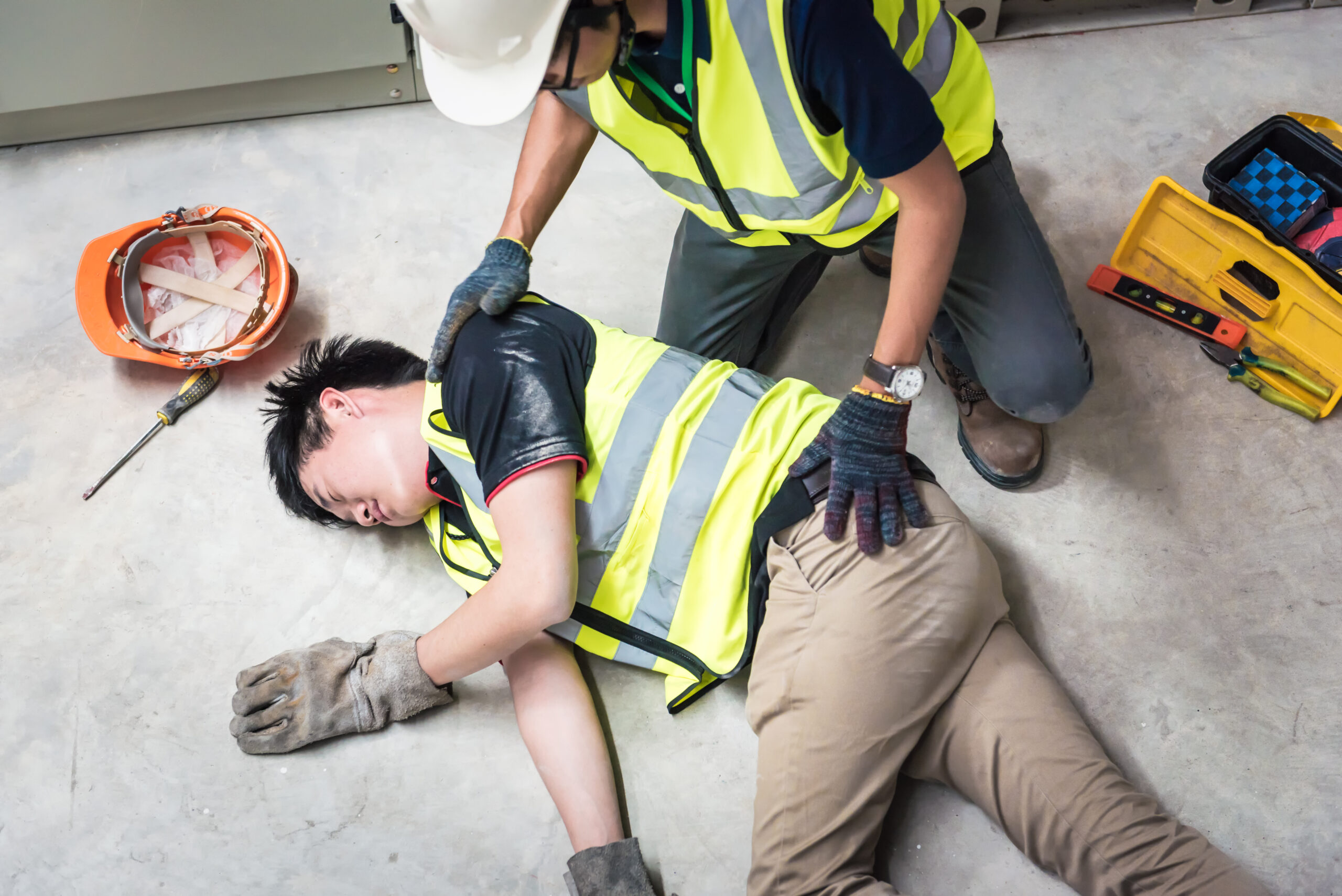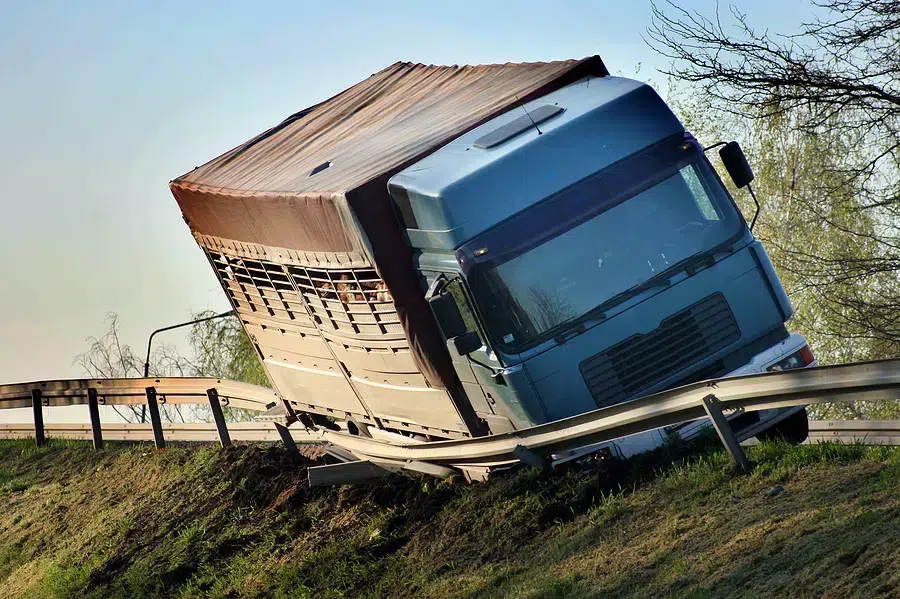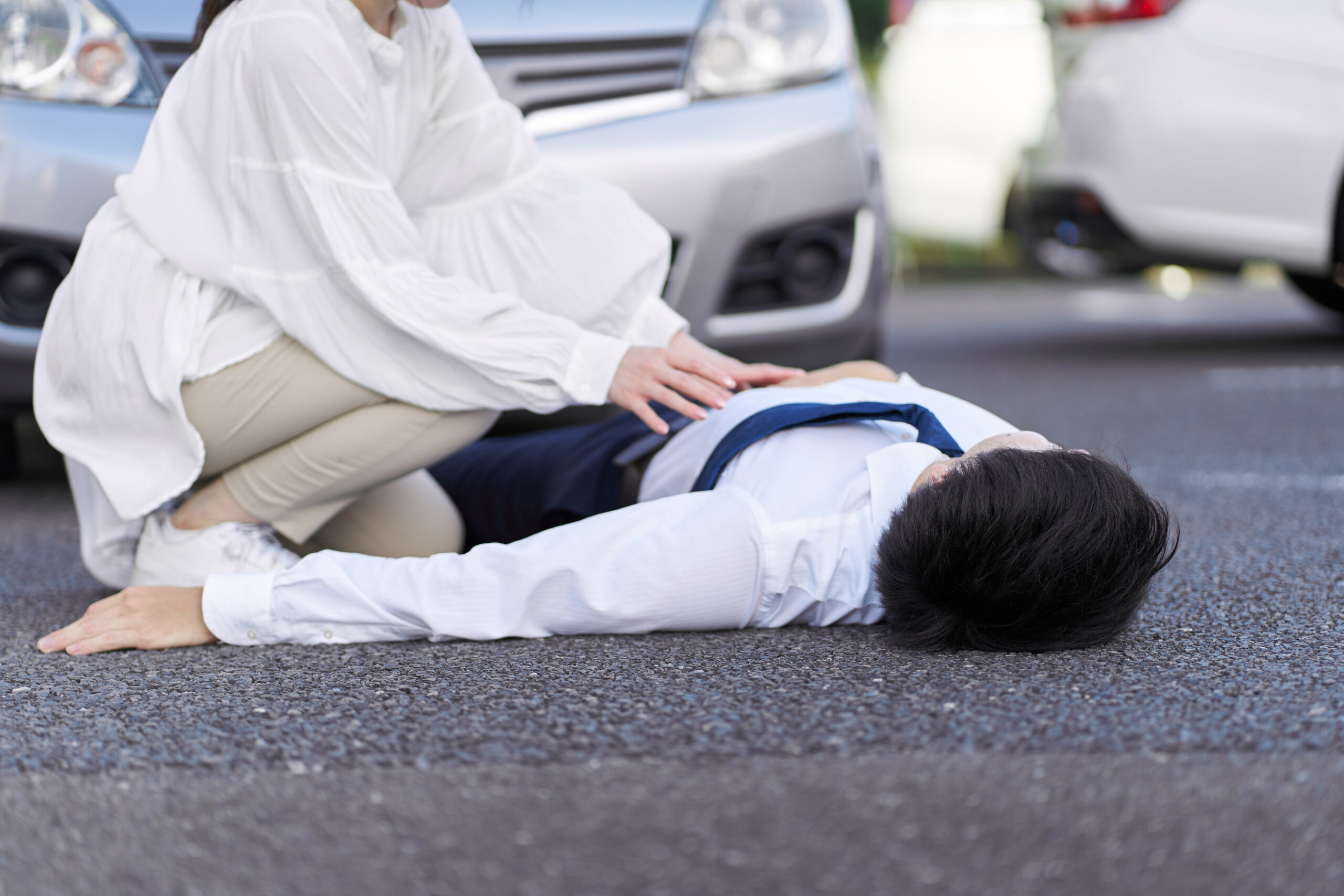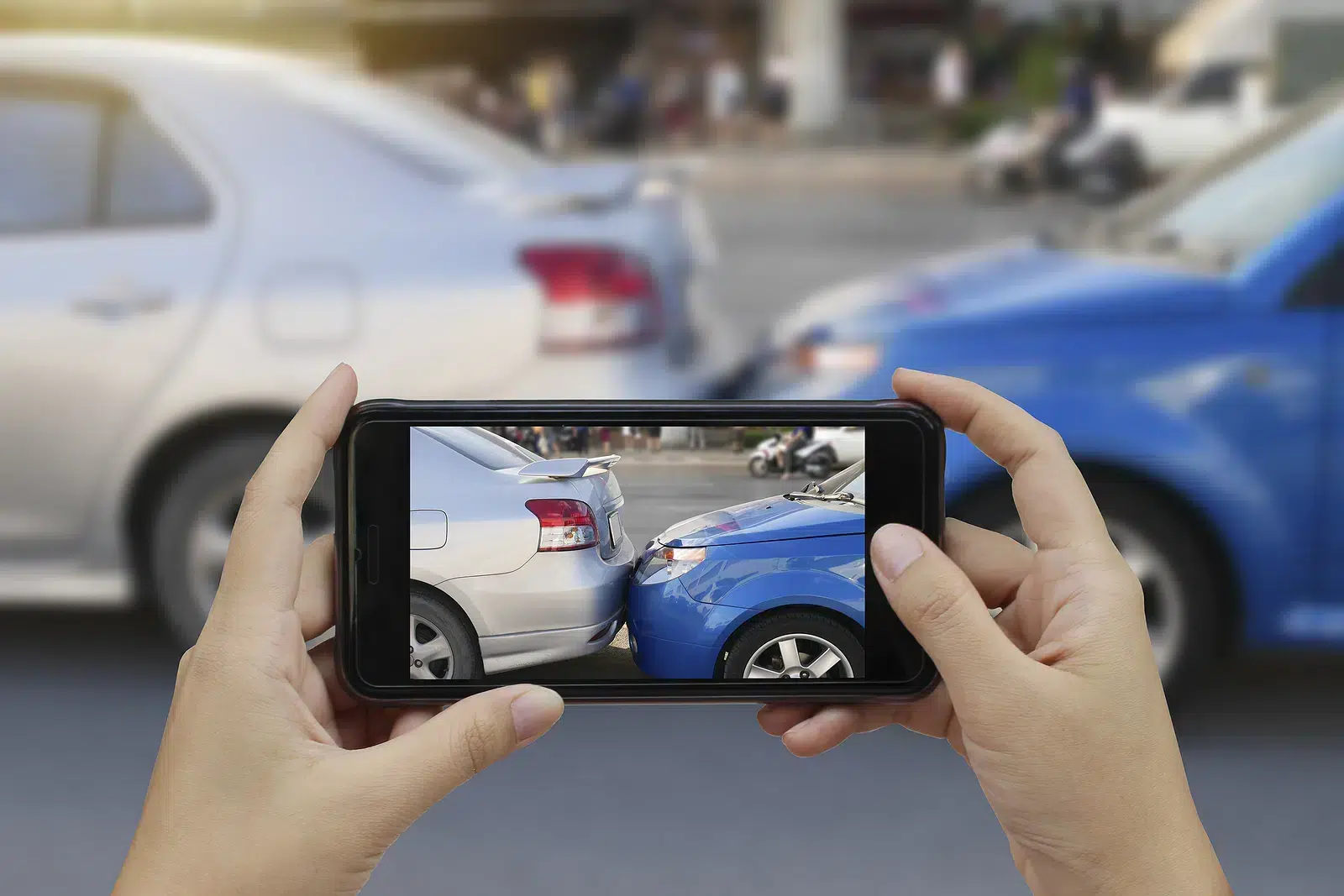It can be difficult to always be vigilant when it comes to avoiding accidents at the workplace. People are often trained in the ways of safety on the job, knowing which circumstances to avoid and which habits not to get too comfortable with. Regardless of how careful you are or how much you try to prevent it, an accident is going to happen, and it most likely isn’t going to be losing a finger to a piece of machinery. According to the Occupational Safety and Health Administration (OSHA), the most common accidents at the workplace are slips and falls. Slips and falls are also among the leading causes of fatal accidents on the job.
Here, we will go over the types of work accidents, along with their most common causes, and what you should do if you are injured on the job site.
Slip and Falls
Slips and falls are one of the leading causes of work accidents. “Slip and fall” is a blanket term that also includes trip hazards, slips, and falls that are the fault of the property owner, which is most often the company you work for. Slip and fall injuries can result from spills, changes in floor height, unmanaged cords, such as extension cords or other cabling, and worn rugs or carpeting. It is the property owner’s responsibility to maintain a safe work environment.
Proving Liability for Slips, Trips, and Falls
If you intend to pursue a claim for an injury caused by a slip and fall accident, you will have to prove that the negligence of the property owner created a dangerous condition that ultimately led to your accident.
It must be proven that the property owner either created the unsafe condition, knew the hazardous condition existed but failed to fix it, or the dangerous condition existed long enough that the property owner should have been aware of and corrected the issue before it resulted in an accident.
Vehicle Related Accidents
Motor vehicle crashes are the leading cause of work-related deaths in the U.S. Accidents can occur while operating a vehicle “on the clock.” Occupations such as long-haul drivers, construction, and even forklift operators make up the majority of vehicle accidents at the workplace.
Injuries are not reserved for those inside the vehicle. Construction workers are often at risk of being involved in a vehicle accident. Being struck by a car while working a job site near an active street is dangerous business.
Proving Liability for Vehicle Related Accidents
Proving liability for work accidents involving a vehicle is necessary if you intend to pursue a claim. Your employer is required to adequately train you in the safe use of any company vehicles. If you were not adequately trained and it resulted in an injury at the workplace, your employer may be liable for that injury. Likewise, your employer may be liable if your employer requires you to operate a vehicle beyond the number of consecutive driving hours, which is a maximum of 15 consecutive hours in a day or 70 hours in a work week.
If your employer made you operate a vehicle that was overweight, loaded with too much cargo, or a vehicle that was in poor maintenance, they may be liable for any vehicle-related accidents caused by that vehicle.
Employers are required to supply a safe work environment for their employees. If an unsafe work environment leads to a construction worker working a job site and they are struck by a vehicle because of their employer’s neglect, again, they may be liable for the accident.
Electrical Hazards
Electrocution is a hazard that is often difficult to predict. While it can be a safety issue for linesmen and electricians, eclectic hazards can exist in any workplace. Faulty electrical outlets and exposed or worn wires can create an electric hazard and an unsafe work environment.
Proving Liability for Electrical Hazard Accidents
Similar to the above examples, proving negligence is an essential part of proving liability. Employers must properly train their employees to work in their environment in a safe manner. Employers are required to supply a safe workspace if they knew about the hazard but failed to repair it or they had a reasonable amount of time to discover and repair the danger but did not; they may be liable for an accident that occurred because of an electrical hazard.
Overexertion and Muscle Strain
Sometimes, “wear and tear,” not of machinery or equipment but of your body, can lead to an accident. These accidents can be sudden or cumulative. Repetitive work with no breaks, jumping, lifting, pushing, carrying, or using improper technique can all lead to an accident at work. The repetitive motion of using a mouse and keyboard may lead to injuries.
Proving Liability for Overexertion
Your employer is required to train you in the safe practices of physical tasks required by your job. Their failure to do so, or their neglect to create a safe work environment, can lead to an accident and, worse, a significant injury. They are also liable for requiring continuous strenuous exertion without a proper break. Employers are required to supply safety equipment, such as lift belts, to ensure you are able to do your job and stay safe in the process.
Your Next Step After a Work Accident
Your first step if you are injured because of a workplace accident should be to seek out medical treatment. Your next step should be to contact the experienced attorneys of The Kahn Law Firm, P.C. You can get information and schedule a free consultation today by calling 713-999-6549. When it comes to your injury, do not wait. Building your case as soon as possible is vital for a solid personal injury case and is your best course of action for getting the financial compensation you are owed.
